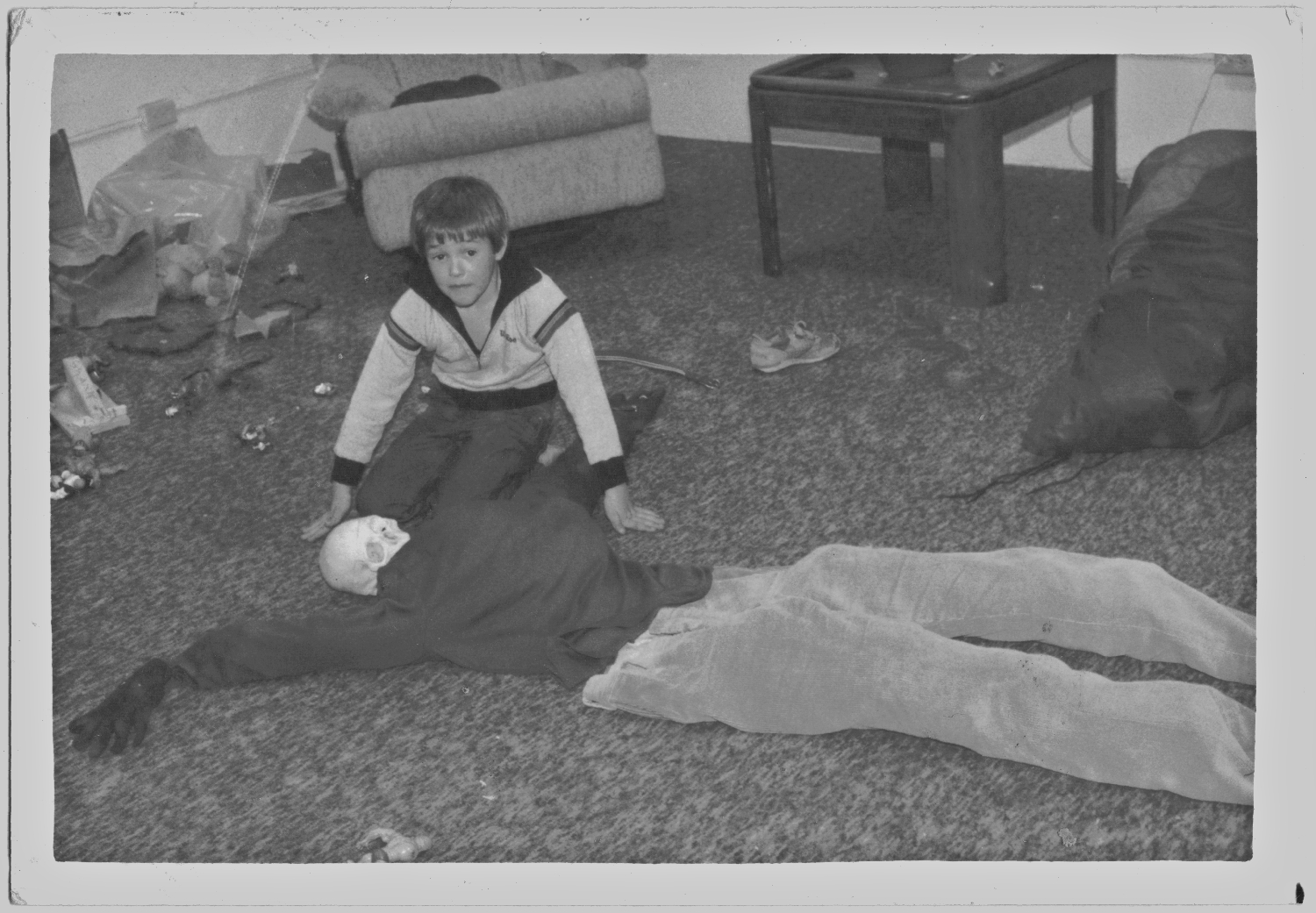
Categories
I found a bunch of stories I wrote in 2nd grade recently, while going through boxes. Total bangers, with titles like “Invasion of the Killer Chocolate” and “The Worst Witch.” Because my kid’s about the same age that I was when I wrote them, I’ve been reading them to her.
In the middle of the third book, “The Mystery of the Missing Christmas Tree,” she demanded we stop completely. She just kept looking at this drawing of a cat and laughing uproariously. She demands that I share the cat with the internet.
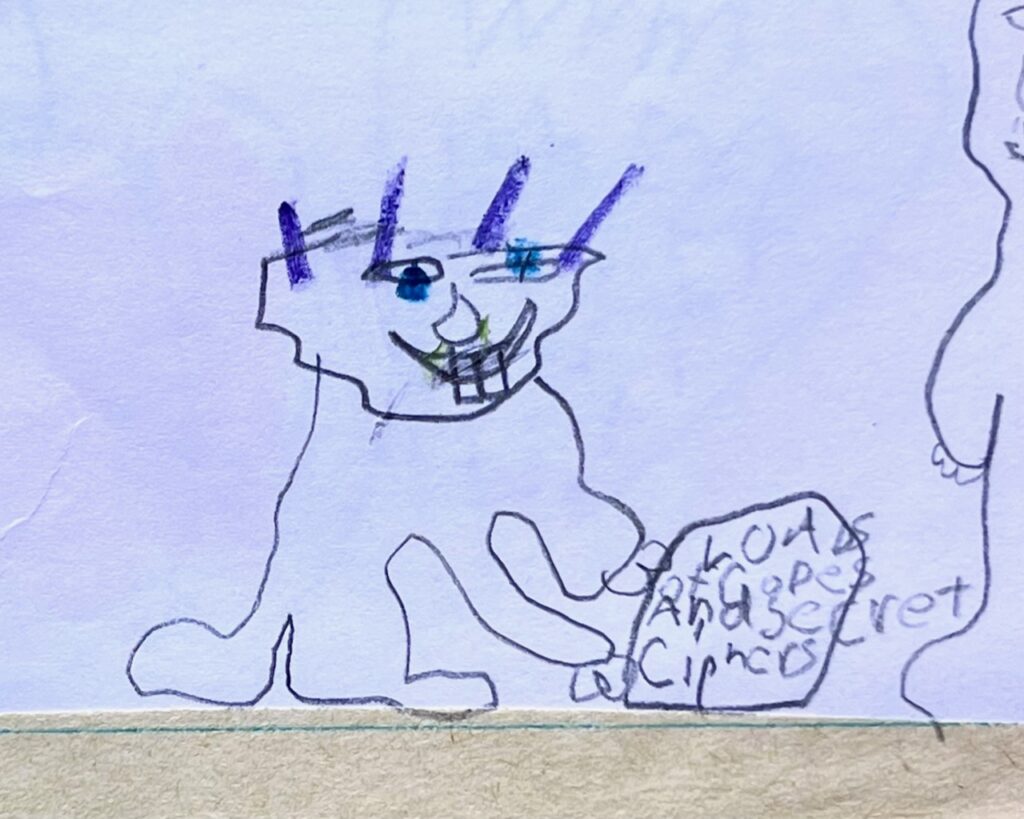
Here you go, internet: a cat.
Woof, it really seems like Twitter is going to burst into flames and fail spectacularly at literally any minute now. It’s been my preferred doomscroll for the last many years, probably to my detriment, but it’s great for bite-size takes that lead down magnificent rabbitholes; introducing new art and artists; keeping in touch with like-minded folks; and boatloads of rough chuckles.
That said, it’s getting hella creepy and insecure and there’s a lot wrong with it now that apartheid clyde has taken it over. At this point, unless there’s a big course correction, I suspect it’ll be either unusable or dead very soon.
So: Here I am again, and not just for Jack and Jill Baba Yaga stories anymore. I figure I might as well fire up the old blog– it’s been around since ’99, because I am old as hell– and both limber up the ol’ writing hands and use it as a method of keeping in touch with folks, the way it once did.
I’ll be using this primarily the way I’ve been using most social media, I imagine, only longer-form, for good or ill. So I’ll be posting things like photos:

Little vignette-y things, like this twoot:
My second-grader, to her teacher: “Some people think I’m older than I am because I know big words. Like disembowelment. But I don’t want to talk about that very much.”
And comic books. Because whoo, since the pandemic hit, I’ve gotten back into comic books in a pretty huge way. It’s… almost alarming. I can’t stop with the comic books.
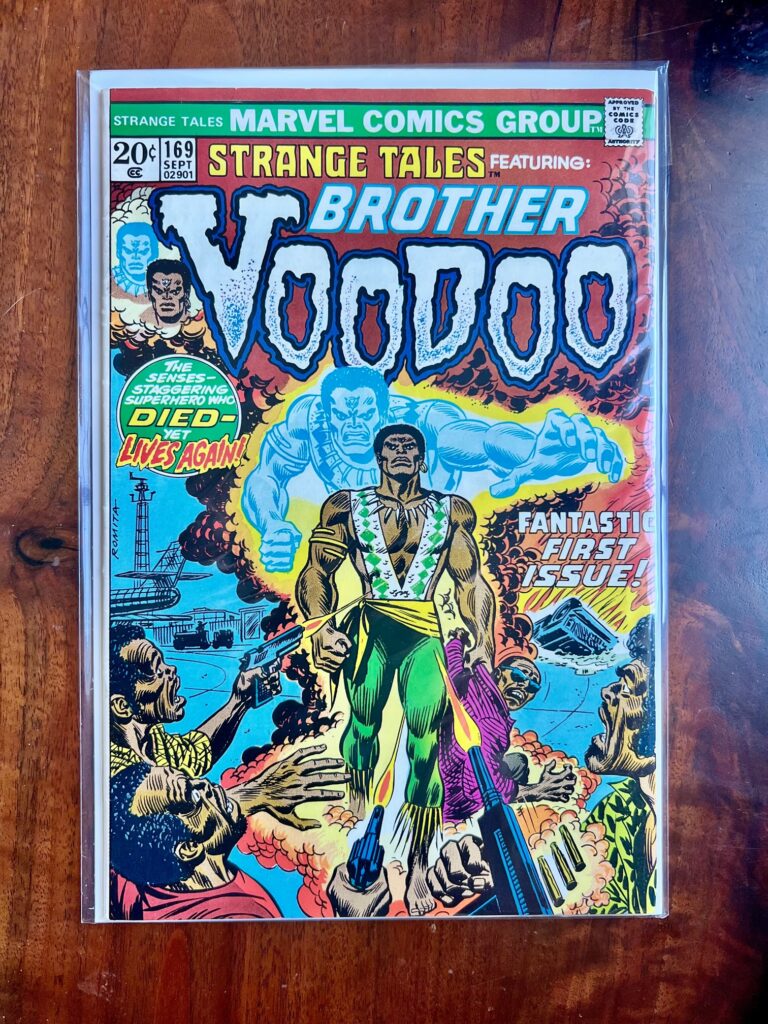
It’s the first appearance of Brother Voodoo! I’ve been after a copy of this for a while now, and I’m super happy to finally have one. Hooray! Comics!
Welcome back, blog. Welcome back.
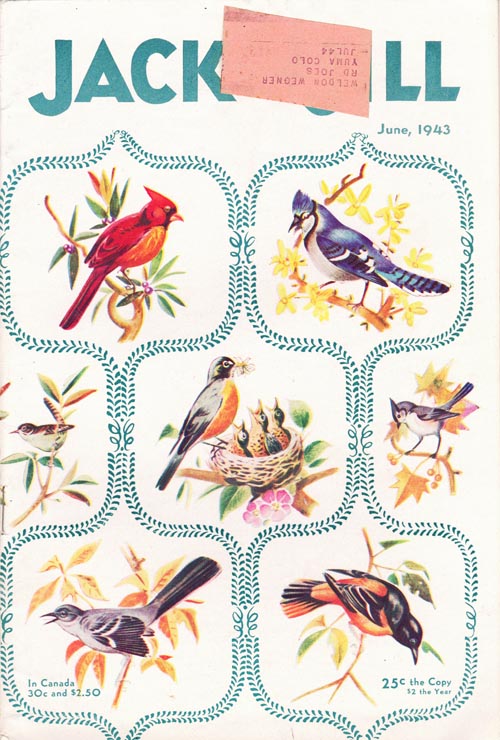
Jack and Jill Magazine, June 1943: “Baba Yagah and Her Magic Shoes,” by Jenia Miller, with illustrations by the author.
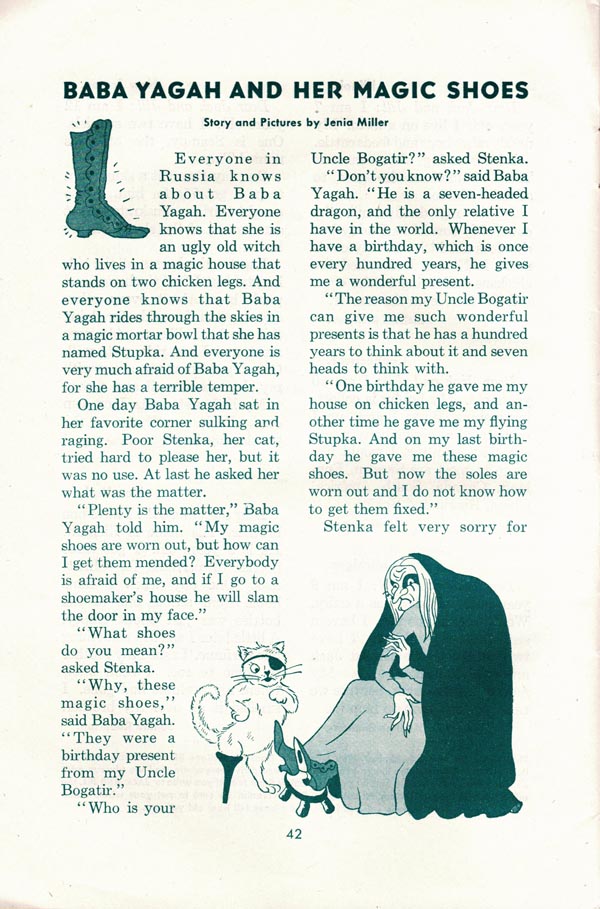
In this story, Baba Yaga’s magic shoes have worn holes through the bottom. They were given to her as a gift from her Uncle Bogatir– more about him shortly– and she cannot take them to a cobbler because everyone’s terrified of her. Stenka the cat tells Baba Yaga of a poor but talented cobbler who lives on the outskirts of town, so Baba Yaga visits him in the dark of night, doesn’t show her face, and pays him to fix the shoes.
The cobbler has a wife, who doesn’t get a name, and a daughter named Mania. He tells his family he has important work to do, and they can’t ask questions. This, of course, only stokes Mania’s curiosity. He works all day repairing the shoes, and then he and his wife go to a village dance, leaving Mania alone. She finds the shoes, puts them on, and walks around her father’s pitiful shop, with its “shabby work bench which held a few poor tools.” Mania, a nice girl despite putting on a stranger’s shoes, wishes her father could have some nice new tools and new leather to work with.
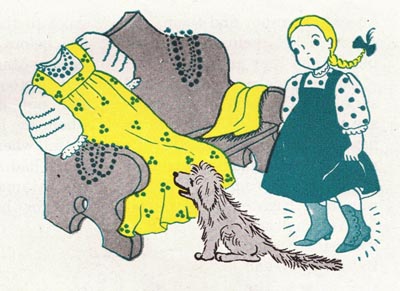
Thanks, magic shoes!
Mania wishes for some nice clothes for her mom, and they appear. Then she hears her parents returning home, so she rushes to bed– still wearing the shoes– and goes to sleep.
Baba Yaga returns, but the shoes are nowhere to be found. She’s furious. The cobbler begs for another day, which she grants:
“Very well,” agreed Baba Yagah. “I’ll give you until tomorrow at this same hour. But if you don’t have my shoes ready for me then, I’ll sweep your house, and everything that is yours, to dust.” And with a howl of rage the witch disappeared.
Mania, hearing all this from her bed, is understandably very freaked out. She waits until everyone else has gone to sleep, then returns the shoes to the workshop. In the morning, however, the shoes have disappeared again. The family mounts a search, but comes up empty-handed. Baba Yaga returns, furious, and raises her broom to sweep everything away.
At that moment, the family’s dog, Barboska, runs out from under Mania’s bed carrying the shoes. Baba Yaga grabs the shoes and flies away in her mortar.
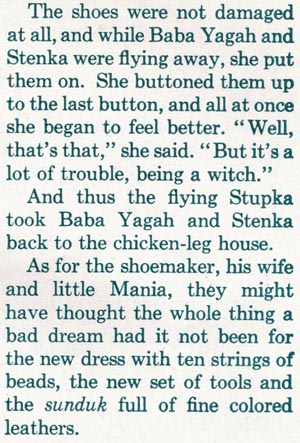
And that’s that.
This story was reprinted in the May 2014 issue of Jack and Jill, substantially condensed and watered-down, and with new images by Chuck Gonzalez. The images are beautiful:
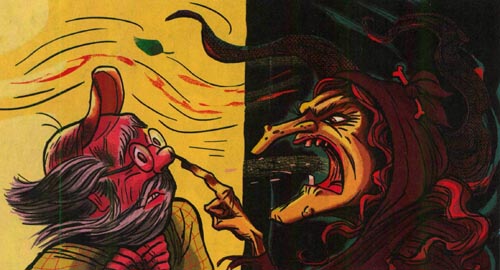
This is the first time Uncle Bogatir shows up in a Jack and Jill Baba Yaga story. He appears many more times in other stories. In several of the stories he appears as a dragon with seven heads, although by 1967 he’s just “the most wizardly wizard in all of Russia,” although even in this version he remembers being a seven-headed dragon.
Uncle Bogatir is a strange mash-up of two slavic mythical figures. The first is a bogatyr, which is a catch-all term for Russian folk heroes, although these characters are largely just Herculean heroes who have to go on epic quests. The second is a zmei, or a dragon. In most folklore stories of zmeis, they have multiple heads, but they’re usually in multiples of three.
Usually, bogatyrs have to fight zmeis, so it’s very odd to have them combined into one creature, especially since Uncle Bogatir appears to literally be Baba Yaga’s uncle. Baba Yaga’s parentage– or the family tree of Bogatir– has not appeared in any of the Jack and Jill stories I’ve read thus far, although that may change as I find more.

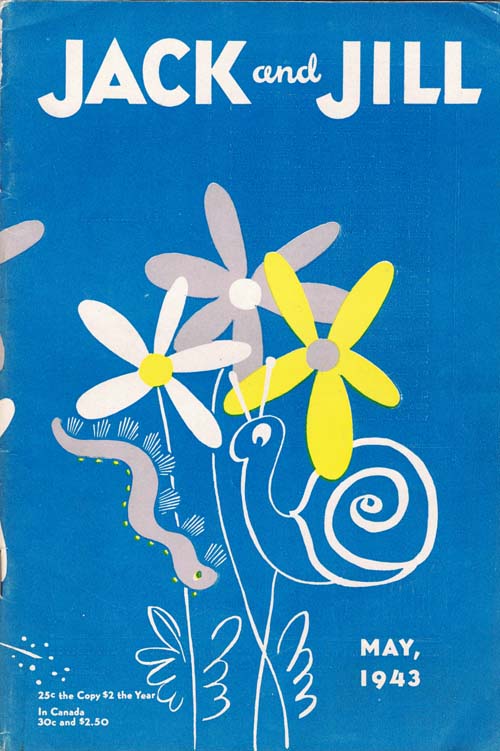 Jack and Jill Magazine, May 1943: “Baba Yagah and the Children,” by Jenia Miller and Maria Van Vrooman, and with illustrations by Miller.
Jack and Jill Magazine, May 1943: “Baba Yagah and the Children,” by Jenia Miller and Maria Van Vrooman, and with illustrations by Miller.
Jack and Jill Magazine has been running Baba Yaga stories since the early 1940s. I’m a massive nerd for Baba Yaga– if that isn’t already evident– and so I’ve begun an effort to try and collect all of the issues featuring Baba Yaga stories.
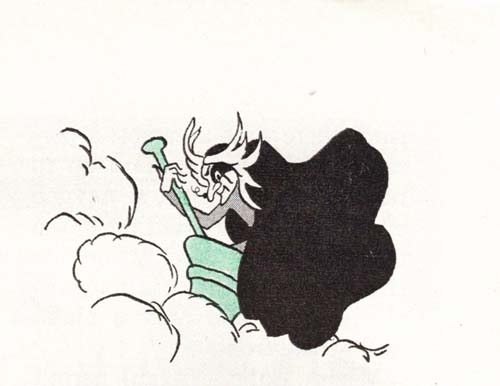
It’s a lot of fun. They’re hard to find, but they’re relatively inexpensive. The fun of the research and the chase is deeply satisfying, and it doesn’t really cost me an arm and a leg when I come across an issue I don’t have. I’d be lying if I didn’t say that I was a little worried that starting a series of blog posts about it wouldn’t make them harder to find, though.
Jenia Miller wrote many of the early Baba Yaga stories. This is the only one I’ve found that lists Maria Van Vrooman as a co-author. This is also the very first Baba Yaga story ever published in Jack and Jill, as far as my research can determine.
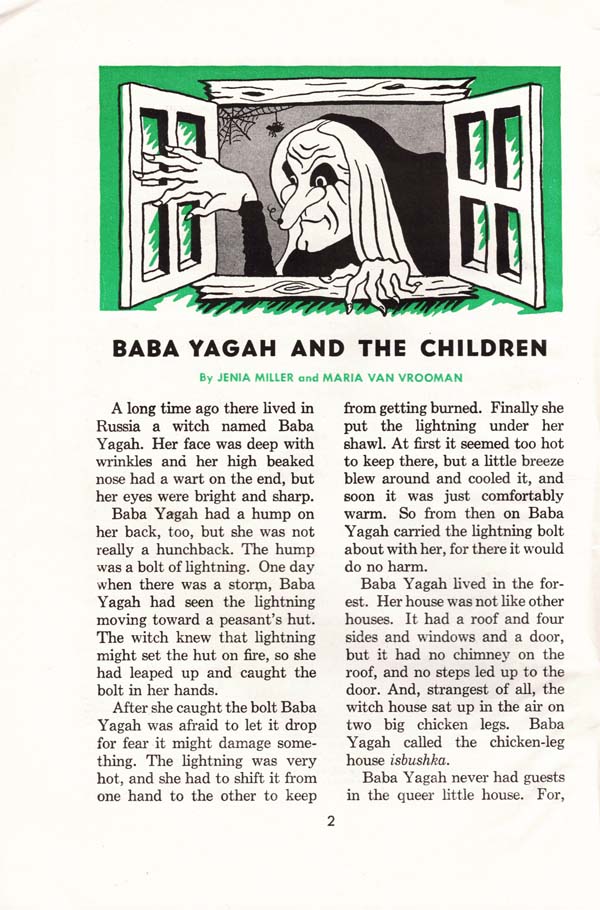
It’s an interesting story, as many of them were. It injects lots of interesting touches that I haven’t been able to find analogues for in the actual myths and legends of Baba Yaga, including the idea that she carried a lightning bolt around in her cloak, which made her look like a hunchback. It also introduces Baba Yaga’s cat, named “Stenka” in these early stories. Stenka, it seems important to note, has an eyepatch and a peg-leg. In later stories, the cat loses its name, the eyepatch, and the pegleg, which is somewhat disappointing.
Also for some reason, the early Jack and Jill stories called the main character “Baba Yagah” until at least 1949, when the author of the stories changed to Nancy K. Ford.
This story itself is an odd one– it presents Baba Yaga as a misunderstood kindly old witch, who flies around with her mortar and pestle, watching children play and longing to play their games. When she flies down to join them, they are horrified and run away.
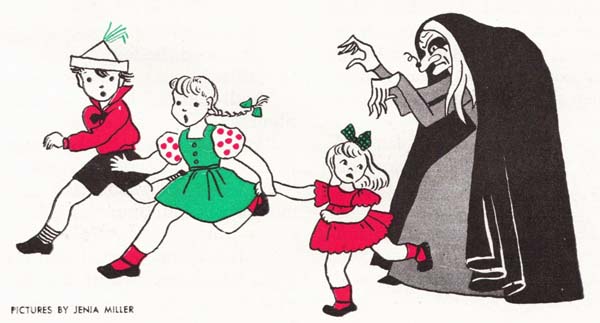
Baba Yaga is very sad about this, so she intentionally terrifies the children. You know, like you do. Because of this, her woodland creature friends don’t want to hang out with her anymore, and instead they find Vania, a small boy who lives in the woods.
So Baba Yaga finds Vania and tries to murder him with her thunderbolt. It doesn’t work, and she gets sick without the lightning bolt keeping her warm. Vania tucks her into his bed and takes care of her, at which point she bursts into tears. Vania plays with her, fulfilling her desire to play with the children.
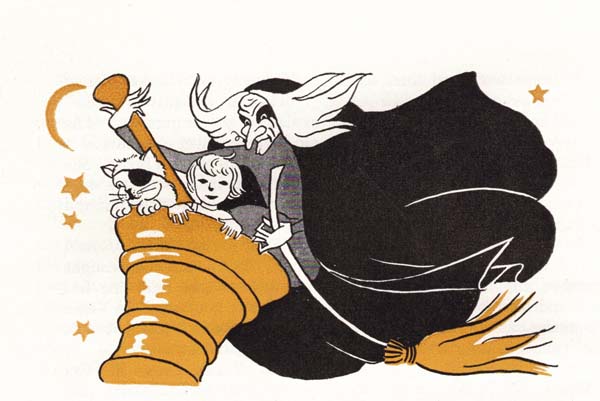
Baba Yaga winds up acting as a sort of Santa Claus, sneaking into the homes of the children and leaving them little treats.
It’s extremely bizarre:
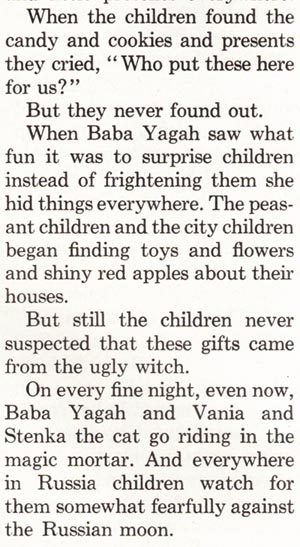
Vania hasn’t shown up in any of the other stories yet.
Maybe she ate him when he became disagreeable.
This story was reprinted in the January 2014 issue of Jack and Jill, significantly condensed and watered down, and with two new illustrations by artist Chuck Gonzales. Here’s one of those illustrations:

Anyway, I’ve got a bunch of these things, and I’ll slowly be working my way through them. Finding a complete list of Baba Yaga stories in Jack and Jill has proven to be extremely difficult, so the work will be ongoing for a while, I suspect.
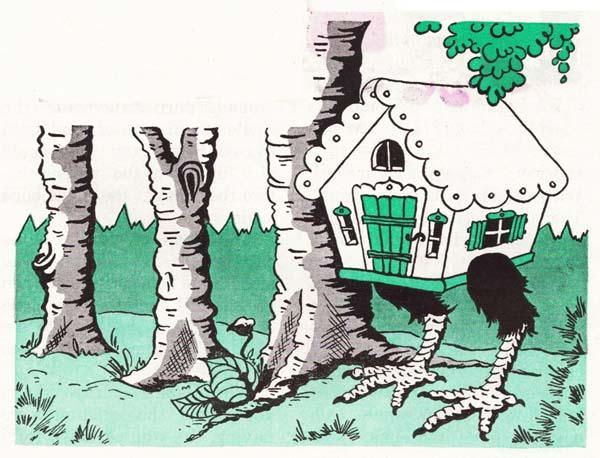

I’ve been collecting old issues of “Jack and Jill” magazine, which ran a lot of Baba Yaga stories over the years. Here’s the splash page from the first episode of “Baba Yaga’s Three Helps,” published in the February 1963 issue of Jack and Jill.
This story was written by Lois Epps. The art is by Ursula Koering, who illustrated many of these stories.
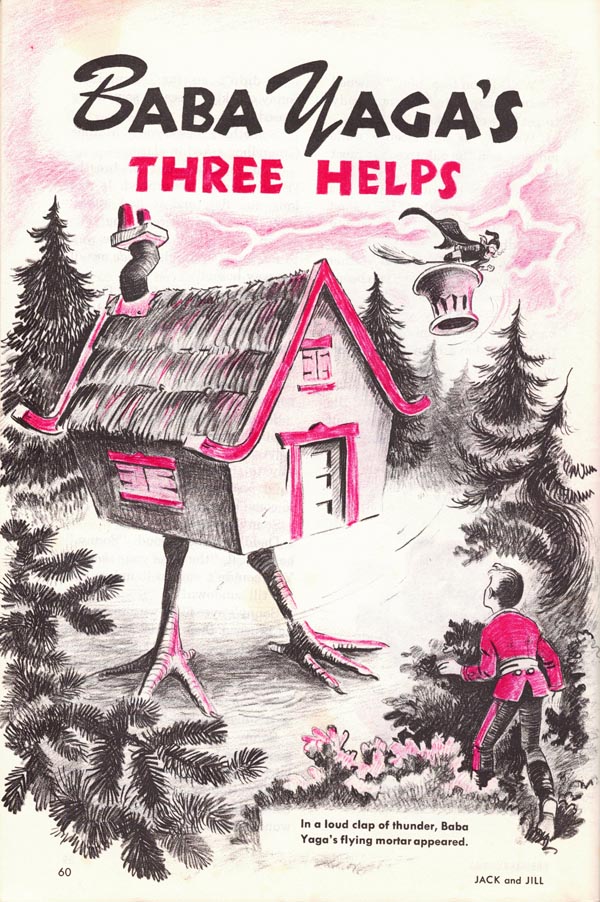
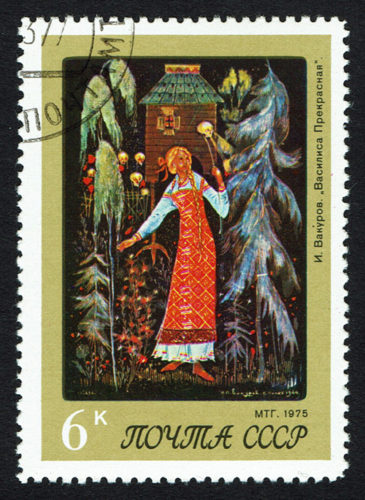
The newly-mixed “Baba Yaga” recording, built to recreate and improve upon the KVRX-broadcast version, is now complete. The music is all new, per Dan. I cannot thank all the contributors enough for their work, and I hope I’ve done them justice.
Check it out!
(PS: I’m categorizing this under “Horrible Little Fables” because one of the stories in the podcast, “The Forest Gym,” was written expressly for this; it’ll be published here in text form eventually, I’m sure, but for now this is how it’s available.)
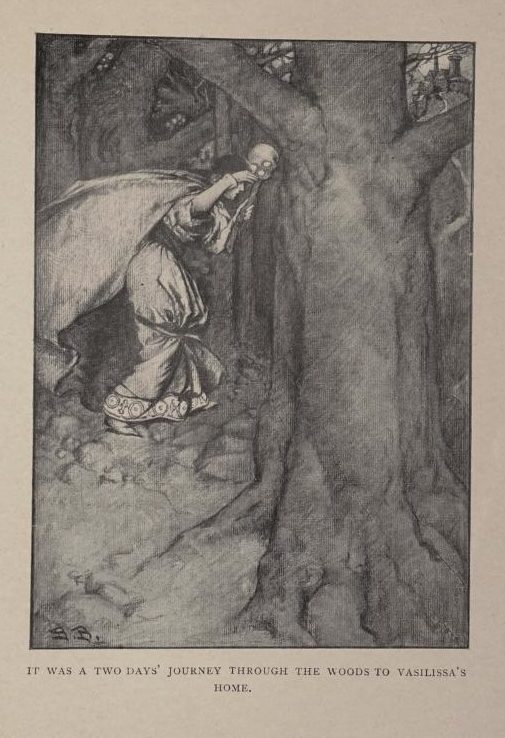
“Where the wind blows; being ten fairy-tales from ten nations.” 1910, by Katharine Pyle.
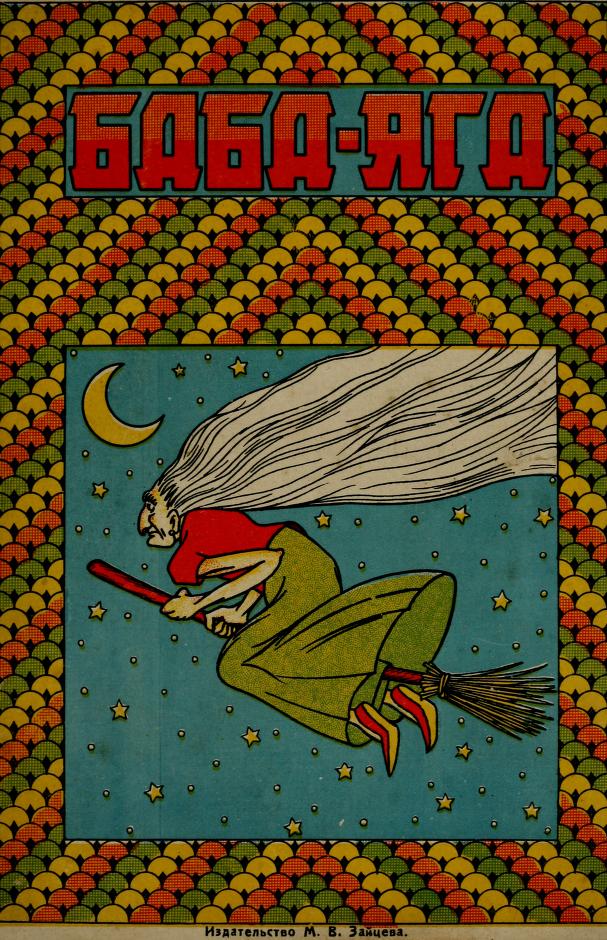
Kharbin : Izd-vo M.V. Zaitseva, 1930s. Courtesy University of North Carolina at Chapel Hill.